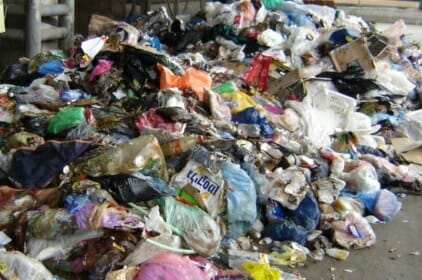E – 1332 Recycling Construction and Demolition Waste
$75.00
Courses Included
re is a significant amount of construction and demolition (C&D) waste developed due to construction activities and structure demolition, for example, at some installations, construction and demolition waste accounts for up to 80 percent of the solid waste stream. Demolishing and landfilling the building waste incurs significant life-cycle expense to the Owner as landfill space is diminishing. Landfilling debris unnecessarily wastes both natural resources and valuable landfill space. Traditionally, buildings are removed by means of conventional mechanical demolition techniques. Many alternatives are being practiced in the commercial market and have proven to be successful at reducing the amount of demolition debris that ends up in the landfill.
rse Outline
1. INTRODUCTION
2. PROJECT OBJECTIVES
3. PROJECT CONDITIONS
This is an introduction to the factors to consider in making demolition, deconstruction and recycling decisions regarding construction and demolition waste.
Description
re is a significant amount of construction and demolition (C&D) waste developed due to construction activities and structure demolition, for example, at some installations, construction and demolition waste accounts for up to 80 percent of the solid waste stream. Demolishing and landfilling the building waste incurs significant life-cycle expense to the Owner as landfill space is diminishing. Landfilling debris unnecessarily wastes both natural resources and valuable landfill space. Traditionally, buildings are removed by means of conventional mechanical demolition techniques. Many alternatives are being practiced in the commercial market and have proven to be successful at reducing the amount of demolition debris that ends up in the landfill.
rse Outline
1. INTRODUCTION
2. PROJECT OBJECTIVES
3. PROJECT CONDITIONS
This is an introduction to the factors to consider in making demolition, deconstruction and recycling decisions regarding construction and demolition waste.
- Learn about alternatives to demolition;
- Learn about demolition costs;
- Learn about material recovery costs;
- Learn about deconstruction costs;
- Learn a decision matrix to guide recycling decisions;
- Learn how project conditions affect the economics of recycling decisions;
- Learn the relative salvage values of building materials; and
- Learn about time considerations in demolition and recycling programs.






